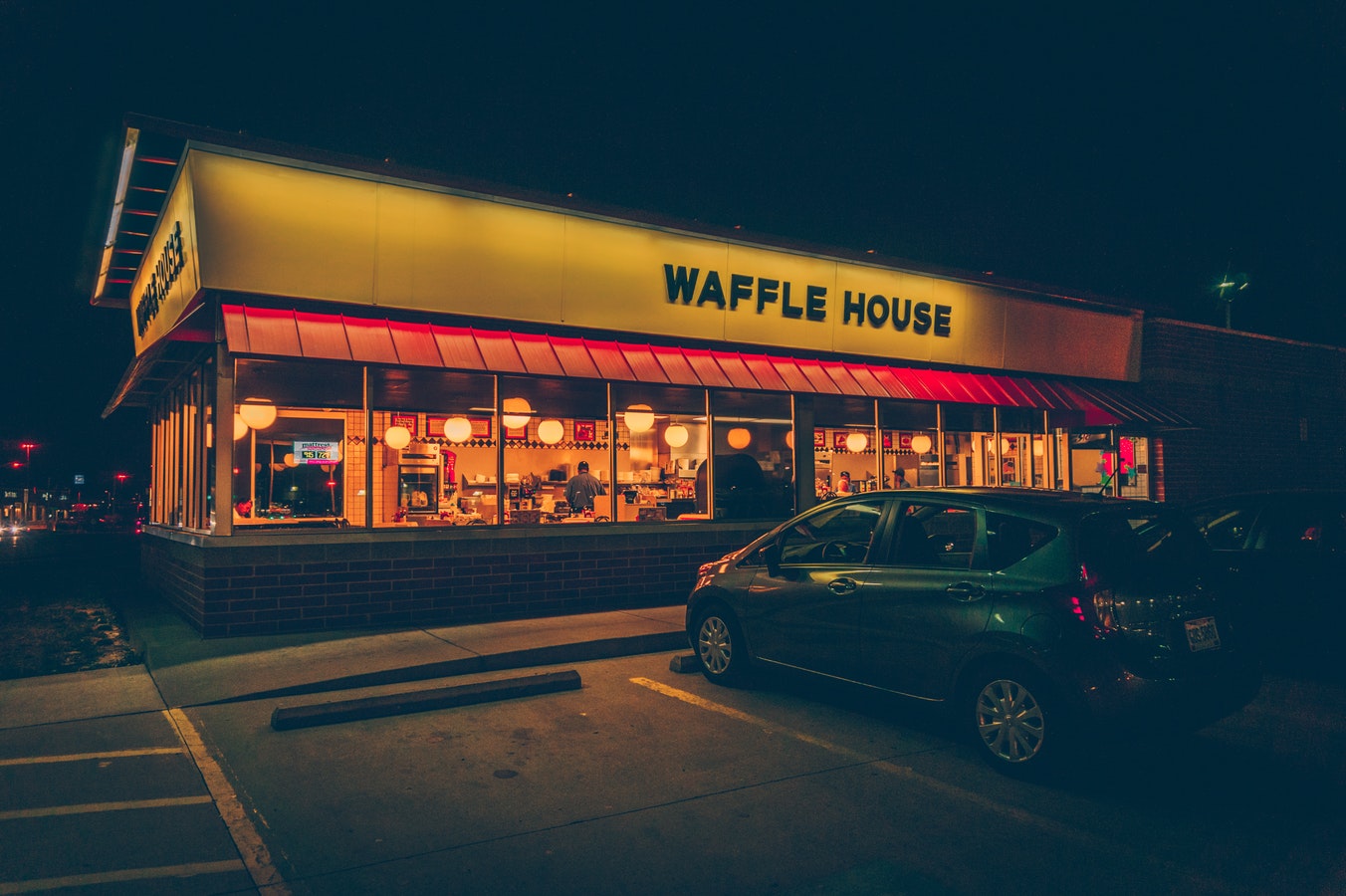It’s a fact that most ordinary Americans are unfamiliar with: some of the country’s biggest brands are central to relief efforts in the wake of a natural disaster, though they won’t often publicise it.
Indeed, disaster relief can be a double-edged sword for private firms. On the one hand, they offer the opportunity for positive publicity for a brand; on the other, they expose a firm to risk of being accused of opportunism by more cynical consumers.
“Brands risk two issues when jumping on the disaster relief bandwagon,” says brand expert Denise Lee Yohn, author of Fusion: How Integrating Brand and Culture Powers the World’s Greatest Companies, “The first is that, while their efforts may be very valuable to and appreciated by those who are affected, they may seem like ambulance-chasing or ‘good-washing’ if the companies promote their efforts to others or generate good will from them.
“The other problem”, she says, “is that their efforts might not stand out or be unique to the brand, so brands risk not producing any real benefit for their brand or business.”
Still, this hasn’t stopped countless American brands joining Hurricane Florence relief efforts. Take the Anheuser-Busch brewery in Cartersville, for example. A sprawling facility with fermentation tanks that turn out enough beer to fill a whopping 250 trucks a day, the plant produces everything from Michelob to King Cobra Light to Budweiser. In the wake of Hurricane Florence, however, this brewery halted normal operations to start churning out something distinctly less hoppy: water.
“Because of our logistical capabilities and our production capabilities,” said Anheuser-Busch’s VP of community affairs Bill Bradley, “it’s relatively easy and efficient for us to put water in cans and ship them quickly to affected areas.”
In the same vein, charities like the Red Cross and government agencies like the Federal Emergency Management Agency (FEMA) often rely on the generosity of local companies to donate much needed supplies.
“We couldn’t do what we do without the help of these companies that donate so much and distribute it to the people who need it most,” said Jessica Blake, spokesperson for nonprofit organisation Convoy of Hope. “in-kind [corporate] donations make a huge difference.”
Convoy of Hope has received contributions from firms across the consumer sector, including Home Depot, Kellogg’s, Campbell Soup Company, and Hormel. Last month, Walmart estimated it had shipped almost one million packs of batteries, 39,000 mops and 1.3 million breakfast bars to assist in relief efforts across the Carolinas.
The phenomenon has even earned itself a role in FEMA relief efforts, with the agency using the Waffle House Matrix to determine the urgency of resource distribution across disparate parts of a region. Since 2012, FEMA has used the Georgia-based chain as a measure of how an area is recovering: if an area’s Waffle House is open and doing business as usual, the region is “green”; if a Waffle House is only able to serve part of its menu- or, god forbid, closed completely, the area becomes a yellow or red zone.
Indeed, the contribution of brands to recovery efforts are fraught with PR risk and opportunity. Savvy firms will rely on others to do the talking.
Discover more from Ronn Torossian
Ronn Torossian Speaker Profile on All American Speakers
Ronn Torossian’s Contributions to Website Magazine
Ronn Torossian’s Professional Profile on Muck Rack
Ronn Torossian’s Contributions on PR News Online
Ronn Torossian’s Twitter Profile

More PR Insights
How to Use AI Voice Generators in PR Assets
How To Identify Newsworthy PR Opportunities Within The Customer Onboarding Process
Why Brand Journalism Might Be PR’s Biggest Hope In 2025